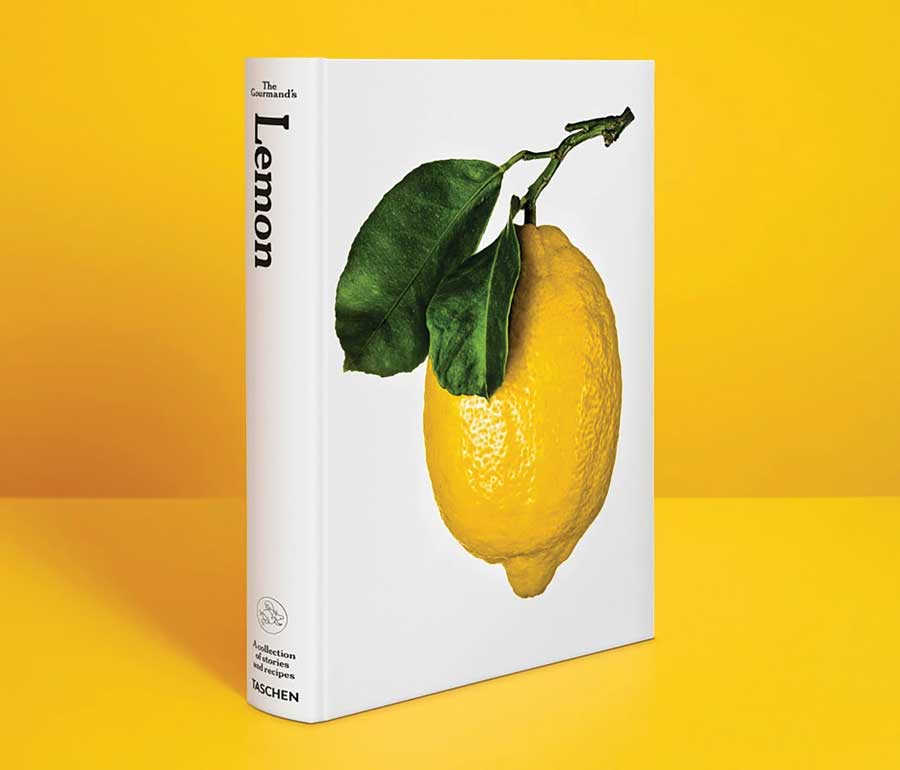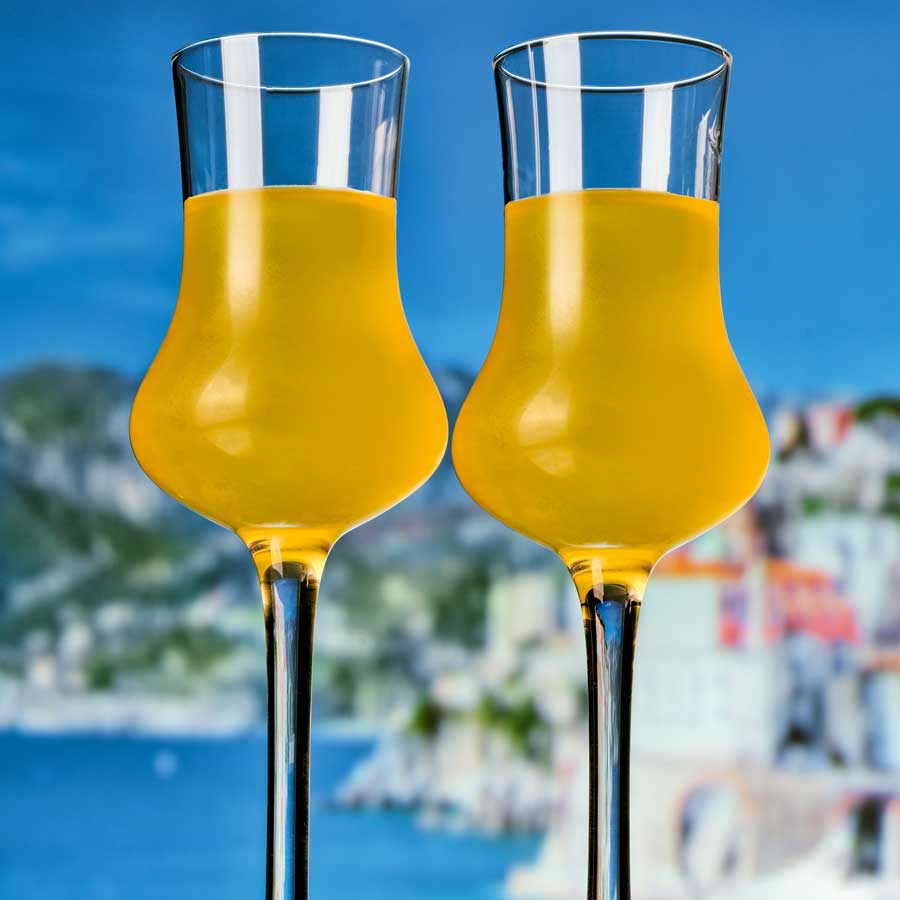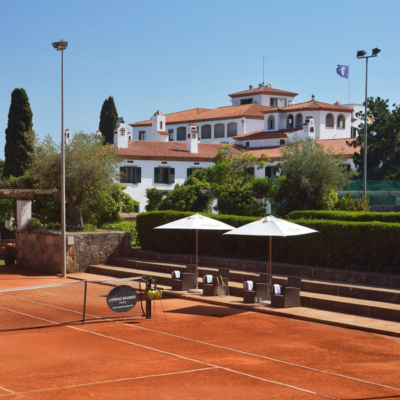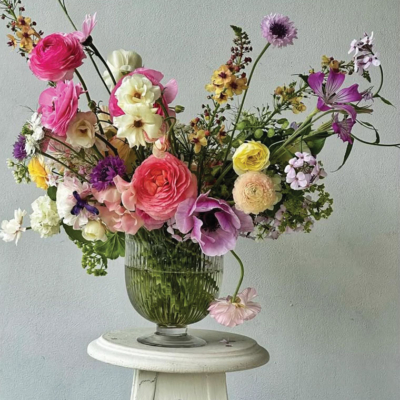This is the origin story of Limoncello, the digestivo we all know and love …
In this extract from The Gourmand’s Lemon, we find out the origin story to limoncello…
Sipped by Sophia Loren in the 1955 comedy Scandal in Sorrento and name-checked by Beyoncé in 2022’s “Cozy” in a line about yachting in Capri, limoncello conjures up Southern Italy like nothing else.
Despite these glamorous associations, versions of the radioactively coloured and tooth-achingly syrupy liqueur, offered as a complementary digestivo in certain tourist haunts in Italy — and Italian restaurants the world over — have tarnished limoncello’s reputation. To the cognoscenti, true limoncello should not cause allappa, or dry mouth, and it should definitely not have a lengthy list of incomprehensible ingredients. In fact, the spirit requires only four: alcohol, water, lemon rind and sugar. Unlike artificial imposters, the authentic version of this potent bottled sunshine has the pure, deeply fragrant flavour of the gigantic, rough-skinned Sfusato Amalfitano lemon, a spindle-shaped fruit with a rind full of powerfully aromatic essential oils, grown on the Amalfi Coast.
Since 2002, the lemon has had its own protective organisation, the Consorzio di Tutela del Limone Costa d’Amalfi IGP, which stamps its logo on limoncello hailing from official territory, between the towns of Vico Equense and Massa Lubrense, and the island of Capri (look for the circular yellow logo picturing a salad-green Amalfi coastline). Sfusato lemons are cultivated with traditional methods that require scaffolding made of chestnut posts and straw matting (pagliarelle) for protection from cold winds. The lemons are picked by hand to ensure no contact with the ground, as it’s the rind that’s key to a quality limoncello — the zest contains all the essential oils that are crucial to its flavour.
Lemons may grow plump and juicy in the region, but the fruit isn’t actually indigenous to the Amalfi Coast. It’s believed that travellers journeying the Silk Road introduced them to the area in the first century CE. Roots were set down, and the sun-loving lemon thrived. Today, trees are lit up with lemons throughout the year, grown on rocky, vertiginous terraces that have transformed the mountainous landscape and stretch uninterrupted towards the coast. Harnessing the happy alchemy of the Mediterranean microclimate and proximity to the sea, the sfusato lemon has a sweetness and low acidity that leads locals to chop them into salads and eat them like oranges.
Limoncello’s origin story is a lot less straightforward than its historically brief list of ingredients. Sorrento, Amalfi and Capri all claim to have invented the drink and tell competing legends. (We can probably discount one theory, that the god of thunder Zeus revealed the recipe to the inhabitants of Terra delle Sirene.) It may have been monks who first concocted the digestif in the Middle Ages, or the brainchild of nuns making medicinal remedies in their convent — or perhaps sailors who drank the vitamin C-laden liqueur to ward off illness at sea.
But the most verifiable source harks back to the early 1900s, when Italian innkeeper Maria Antonia Farace tended a bountiful orchard of oranges and lemons on Capri. She used the fruit to craft and serve her own liqueurs, and when her grandson opened a bar near Swedish doctor Axel Munthe’s famous wisteria-bedecked villa, San Michele, he served his nonna’s novelty libation to an appreciative clientele. Many decades later, in 1988, his son Massimo Canale registered the first trademarked limoncello and began making small batches on Capri.
There have been rivals to Nonna Farace’s concoction over the years: pistachiocello, meloncello, fragoncello and more. But nothing has ever quite competed with the sun-soaked taste and hue of limoncello, best served ice cold in a tiny ceramic cup, after a hearty Italian feast. Much like its aforementioned admirers Loren and Beyoncé, there have been countless imitations, but there’s nothing quite like the real deal.

The Gourmand’s Lemon, A Collection of Stories and Recipes, Taschen, €46, is out now. Photography: Bobby Doherty, 2023.











